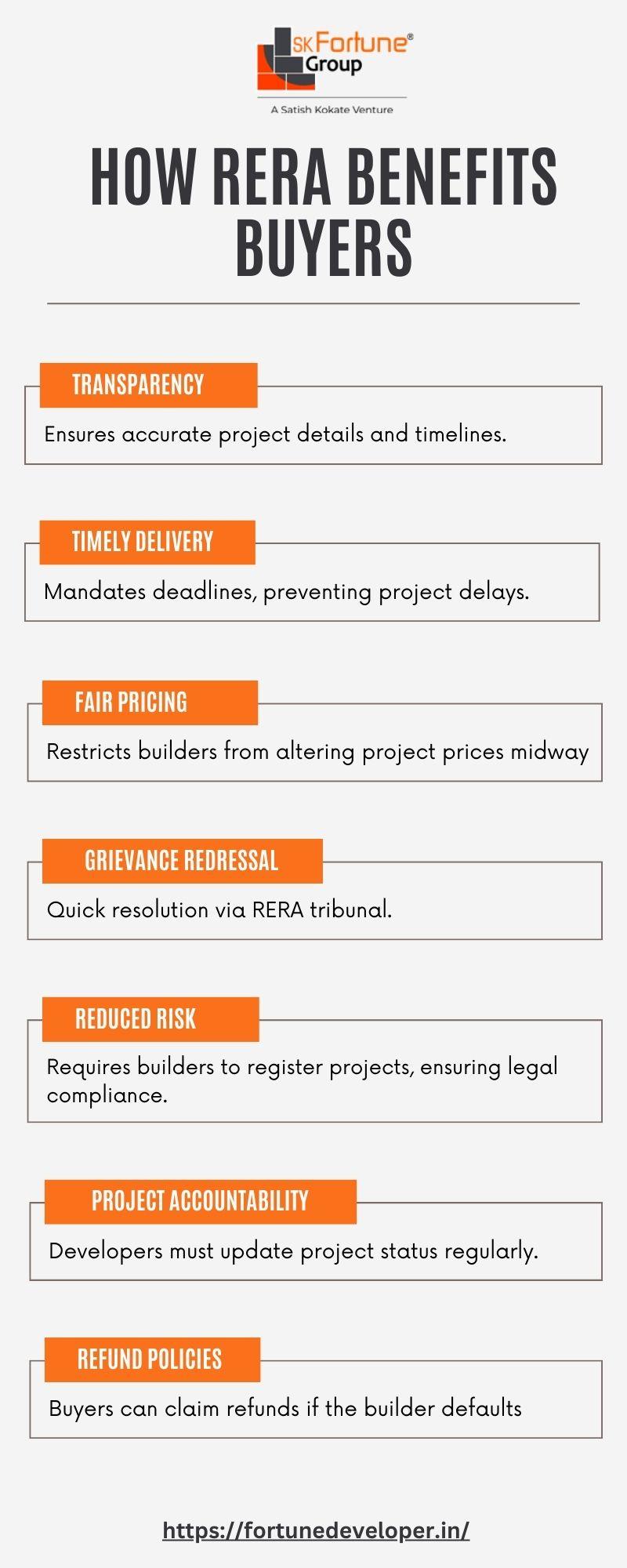In the fast-paced world of global commerce, where borders blur and currencies dance in digital symphony, the promise of international payments brings both opportunity and peril. As businesses expand their reach across continents, they also expose themselves to the lurking shadows of fraud—a sophisticated adversary that evolves with every technological leap. In this intricate ballet of trust and transaction, safeguarding your financial exchanges becomes paramount. This article serves as your compass in navigating the complex terrain of international payments, offering authoritative insights and strategic measures to fortify your defenses against fraud. Join us as we unravel the intricacies of this global challenge and empower you with the knowledge to protect your enterprise from the ever-present specter of financial deceit.
Understanding the Global Fraud Landscape
In today’s interconnected world, the complexity of international payments has created fertile ground for fraudsters to exploit vulnerabilities. is crucial for businesses looking to safeguard their transactions. Fraudsters often leverage the lack of uniform regulations across borders, making it imperative for companies to stay informed about regional compliance requirements. By understanding the tactics used by fraudsters, such as phishing, identity theft, and account takeover, businesses can better anticipate and mitigate risks.
- Stay Informed: Regularly update your knowledge of global fraud trends and emerging threats.
- Leverage Technology: Implement advanced fraud detection tools and machine learning algorithms to identify suspicious activities.
- Cross-Border Collaboration: Engage with international partners and regulatory bodies to share insights and best practices.
- Employee Training: Conduct regular training sessions to ensure your team is aware of the latest fraud tactics and prevention strategies.
By taking these proactive measures, businesses can significantly reduce their exposure to fraud risks in the realm of international payments, ensuring secure and efficient transactions across borders.

Implementing Robust Verification Protocols
In the realm of international payments, establishing a robust verification protocol is paramount to safeguarding against fraudulent activities. Implementing such protocols involves a multi-layered approach that enhances security while maintaining efficiency. Biometric authentication is a cutting-edge solution that leverages unique biological traits, such as fingerprints or facial recognition, to verify the identity of users. This method significantly reduces the risk of identity theft and unauthorized transactions.
Additionally, incorporating two-factor authentication (2FA) can add an extra layer of security. This involves requiring users to provide two different types of information before granting access. Common examples include a password and a one-time code sent to a mobile device. Furthermore, transaction monitoring systems can be deployed to analyze payment patterns and flag suspicious activities in real-time. These systems use advanced algorithms to detect anomalies, allowing for immediate intervention. By adopting these practices, businesses can create a formidable defense against fraud in international payments.
Leveraging Technology for Enhanced Security
In the realm of international payments, the integration of cutting-edge technology is pivotal in minimizing fraud risks. Blockchain technology stands at the forefront, offering a transparent and immutable ledger that ensures each transaction is securely recorded and verified. This reduces the chances of unauthorized alterations and provides a reliable audit trail. Furthermore, AI-powered fraud detection systems analyze transaction patterns in real-time, identifying anomalies that could indicate fraudulent activity. These systems learn and adapt, becoming more effective over time at pinpointing potential threats.
To further bolster security, businesses should consider implementing the following technological strategies:
- Two-Factor Authentication (2FA): Adds an extra layer of security by requiring a second form of verification.
- End-to-End Encryption: Ensures that sensitive data is encrypted throughout the entire transaction process.
- Tokenization: Replaces sensitive payment information with unique identifiers, reducing the risk of data breaches.
By embracing these technologies, companies can significantly reduce the risk of fraud, safeguarding their financial transactions and maintaining trust with their international partners.
Building a Culture of Vigilance and Compliance
Establishing a robust framework for vigilance and compliance is essential in mitigating fraud risks in international payments. This involves creating an environment where every team member understands the importance of security and is empowered to act. Key elements include:
- Continuous Training: Regularly update staff on the latest fraud tactics and compliance requirements. This not only enhances their ability to identify suspicious activities but also fosters a proactive approach to risk management.
- Clear Communication Channels: Ensure that there are open lines for reporting suspicious activities without fear of retribution. Encourage transparency and collaboration across departments to quickly address potential threats.
- Regular Audits and Monitoring: Implement frequent checks and balances through audits and real-time monitoring systems. This not only helps in early detection of anomalies but also reinforces a culture of accountability.
By embedding these practices into the organizational culture, companies can significantly reduce the risk of fraud, ensuring that international transactions are both secure and compliant.





